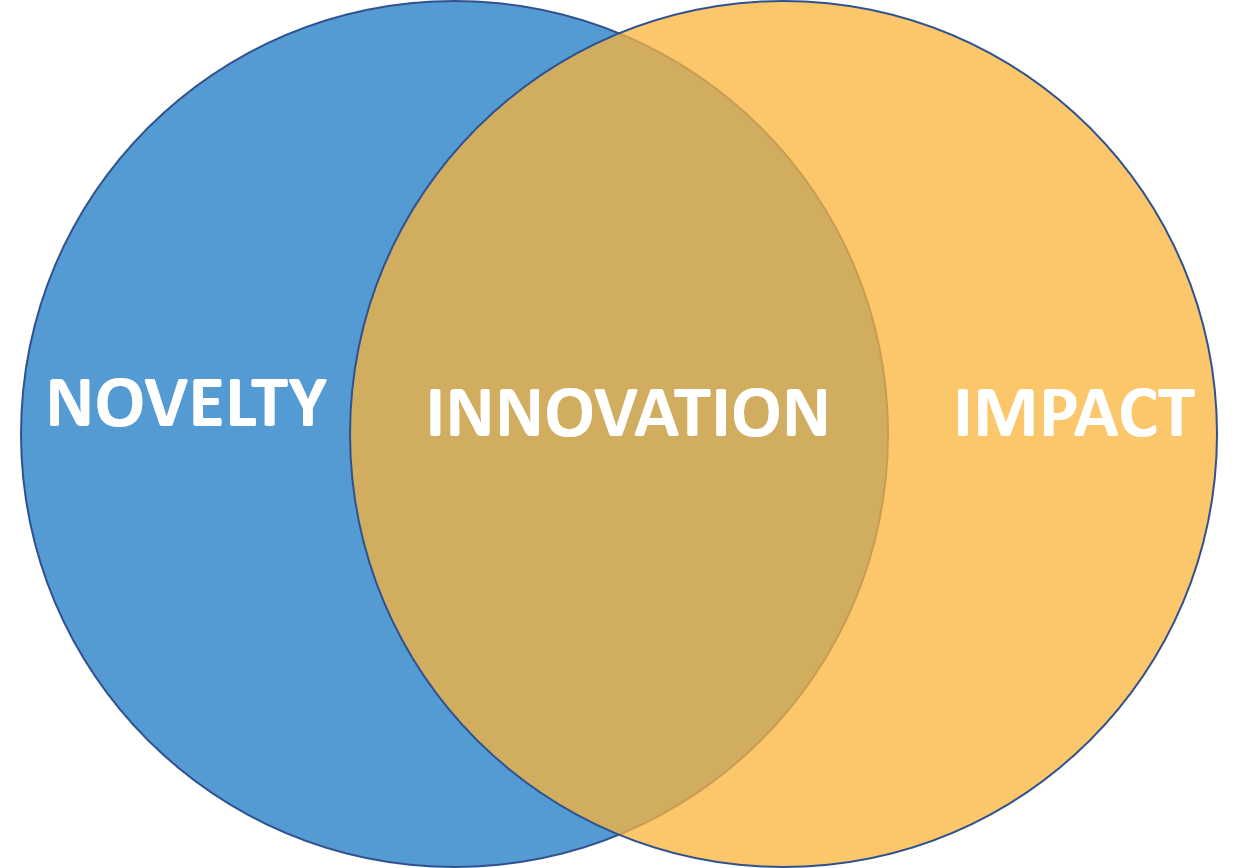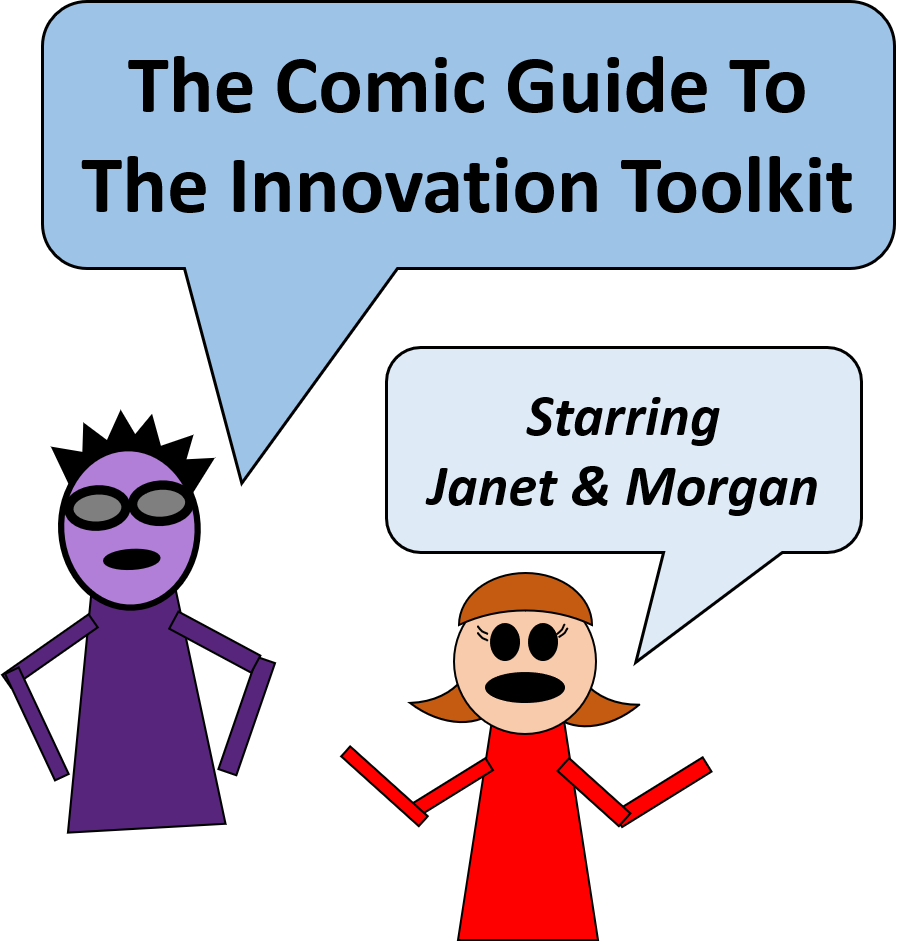by jessicay | Mar 25, 2019 | Team Toolkit

Photo by Duy Pham on Unsplash
In Andrew Corbett’s Harvard Business Review article “The Myth of the Intrapreneur,” he argues that although the Intrapreneur is held up as a driver of innovation who swoops in and saves the day, for effective and real innovation, it “has to be a company-wide endeavor, supported from top to bottom by systems, structures, and a company culture that nurtures transformative ideas and products.” Although I agree that Corbett’s argument is sound, I still believe that the intrapreneurial spirit can be a powerful catalyst and intrapreneurs can be the pathfinders to create that necessary institutionalized support. Someone has to be the first person or part of the first team to do something new.
Even though we are lucky enough to work in an organization that supports employee driven initiatives, as evidenced by MITRE’s independent research and development to program, Team Toolkit had still had to explore and develop non-traditional means of funding and support. We started with advocating for and using our tools on our regular work projects. This allowed us to test individual tools’ applicability, effectiveness, and explanation. Once we decided we wanted to do more, we carved out time outside of our regular work responsibilities. However, we realized that to create something sustainable, we needed funding to make the Innovation Toolkit more than just a passion project.
We created formal proposals for existing sources of funding and we knocked on doors to create new sources of funding. The truth is that we were not successful at the beginning. In fact, we had to do a lot of unfunded work and half funded work to create some early wins so that we could bring those as proof of concept. With a lot of outreach and using our institutional wisdom, we were able to identify some of early adopters and patrons who then became our champions. We needed to do some trailblazing to start something new and step outside our usual line of work.
Corbett’s article makes a great argument for changing an organization’s culture and structure to support innovation to make it sustainable and repeatable. I think the real misconceptions about intrapreneurs is that they are lone catalysts for innovation. Real change requires teams, stakeholders, and champions to work together. Intrapreneurs often have the passion and initiative needed to bring people together and focus resources. In our case, we started our journey with the desire to work collaboratively with others along the way to cultivate the collective wisdom of fellow practitioners and to build community around the Innovation Toolkit. We have always seen this as the key to its sustainability because through the community is how it will continue to evolve and grow to meet the needs of the innovation ecosystem.
So we invite you to tap into that intrapreneurial spirit, in whatever kind of organization you are currently in, and dare to reach out to others to make change and try to do something new.

by Niall White | Mar 18, 2019 | Facilitation Tips, Tools 101
As we wander around and share ITK with people, we get a lot of questions. In this week’s post, we’d like to share some answers to the more frequently asked questions. Don’t see your question here? Send it to us in an email (ITK@mitre.org) or post it in the comments section.
Q: Where do I start?
Fortunately, there are many options to choose from! Ask yourself if you want to ideate and generate or evaluate and consolidate. From there, you can choose tools that will assist you accordingly. In general, there are tools that assist in divergent (ex. “Lotus Blossom”) and convergent (ex. “Stormdraining”) thinking.
Q: How much time will I need?
From formal day-long workshops to “notes on a napkin” dinner discussions, the ITK tools can be used in a variety of settings. A System Map, for example, may be used for a small, simple process involving few relationships, no competition, and little policy, requiring little time to complete. It can also be used for a multi-organizational operation that involves thousands of stakeholders and dozens of competitors. This would obviously take much longer to complete.
So timeframes vary based on your needs, constraints, and objectives. Give yourself enough time to really dig into the processes and seek a diversity of thought. On the other hand, don’t be afraid to hold your own mini workshop at your desk when you only have a few minutes. In general, you will get as much out of these tools as you put into them, but they are highly adaptable to your specific situation.
Q: Why put structure on creativity?
Being creative doesn’t just mean brainstorming or randomly throwing ideas on a whiteboard (though these can be pretty helpful practices!). We’ve found that providing some structure to your process can help teams produce higher quality ideas in less time. These tools focus our creativity on the problem at hand, rather than having to invent the method as well as the solution.
Most of the ITK tools really come down to asking the right questions at the right time. They help unlock creativity, uncover hidden assumptions, and build consensus. For example, When prioritizing the stakeholders in your system, you may just make a list and start prioritizing. Using a Community Map, however, gives you steps to identify allies, audiences, and influencers, prioritize them based on a set of criteria, and then take specific actions to move forward.
The other big benefit is that most of the tools result in a sharable artifact that documents the creative ideas your team came up with.
Q: What resources will I need?
It sort of depends on which tools you choose and what setting you’re in. However, in most cases you will generally need: the right minds (get the right people in the room), a physical space conducive to your activities, any needed materials (markers, sticky notes, whiteboards, tables & chairs, a camera, handouts, etc.) and a workshop outline (doesn’t need to be anything formal; just a plan of what you want to accomplish and how).
Check out a previous blog post for more details about the workshop facilitation kits we use.
Q: When should I use these tools?
All the time! These tools can be used for framing problems, understanding users, and generating ideas early in the process of launching a program. They can also be used for evaluating options, developing plans, reducing complexity, and other later-phase tasks.
Each tool description includes a short explanation of When to use it, but the truth is most of them can be used at any time. As a general rule, it is good practice to start using them earlier in a project rather than later, as you may identify artifacts pivotal to your course of action. Need help picking the right tool or the right time? Drop us a note at ITK@mitre.org and we’d be glad to talk you through it.

by niomim | Mar 11, 2019 | Uncategorized
Innovation tools are all around us, often in places we might not recognize.
One place we might look over is in schools. Commonly used tools in education are called Graphic organizers. They are learning tools that student’s use to process ideas and help make decisions on concepts and formulate thinking in a way that purposefully makes you display your thoughts down on paper and organize them.
Another tool you might know of is the Venn diagrams. The Venn diagram’s purpose is to organize your thoughts and compare ideas and concepts. Many other tools that are commonly used in schools are flow charts, tables, story maps, sequence/timeline charts and webs. Now with technology being brought into schools these tools have been progressing every day more and more.
Just like The Innovation Toolkit many graphic organizers are similar to the tools in the ITK. An example is the Community Map Tool that is a form of a Venn diagram it is used to develop clear ideas and compare them to each other. All toolkits are very similar with their purpose of helping organizing ideas and concepts and transforming them into something more than just a thought. What’s makes them all different is the environment they are being used. What other places can you find tools and toolkits?
Today’s post is by Team Toolkit’s high school intern, Niomi!

by dbward | Mar 4, 2019 | Team Toolkit
We have a lot of fun telling people about the Innovation Toolkit – in person, in workshops, and in briefings. But we know we can’t reach everyone, so we recruited two comic characters to help us out.
Janet and Morgan first appeared in a comic Dan wrote for UX Magazine. When we launched ITK, we called them back into action to tell the ITK story. Download your own copy of The Comic Guide To The Innovation Toolkit right here, and maybe even pass the link along to your friends!




